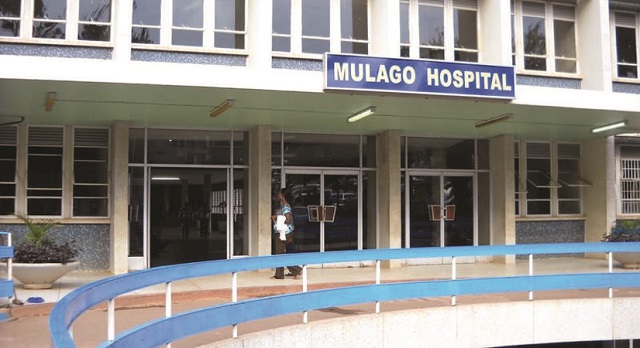
Another positive in the budget is the Shs 1.4 trillion allocated to domestic arrears, up from Shs 200 billion in the current fiscal year. This will go a long way in injecting much-needed liquidity into companies that have provided goods and services to the government but have not been paid for years.
COMMENT | BENONI OKWENJE | The Minister of Finance, Planning, and Economic Development, Matia Kasaija recently read the budget speech for financial year 2025/26. The theme for the budget is “Full Monetization of Uganda’s Economy through Commercial Agriculture, Industrialization, Expanding and Broadening Services, Digital Transformation, and Market Access.” This budget is also the start of the implementation of the Fourth National Development Plan (NDPIV).
The FY 2025/26 budget is a mixed bag. Sized at Shs 72.376 trillion, it is quite expansive considering the government’s fiscal consolidation agenda, which is intended to enhance revenue collection, limit borrowing for only critical and strategic investments, and control government expenditure. Nevertheless, the budget has both some positive aspects as well as some missed opportunities. I will start by highlighting a few of what I think are the positive aspects.
It is encouraging to see a significant increase in the health budget to Shs 5.87 trillion, up from Shs 2.946 trillion in the current fiscal year. A population cannot be productive unless it is healthy. This increase is also important in light of the recent funding cuts by the United States Agency for International Development (USAID), which has been subsidizing a good portion of Uganda’s health sector, especially in the area of HIV prevention, care, and treatment.
Another positive in the budget is the Shs 1.4 trillion allocated to domestic arrears, up from Shs 200 billion in the current fiscal year. This will go a long way in injecting much-needed liquidity into companies that have provided goods and services to the government but have not been paid for years. This is especially so for those companies that took out loans from commercial banks in order to be able to provide these services.
The allocation of Shs 1 trillion to Uganda Development Bank will enable it to continue lending to businesses engaged in commercial agriculture, agricultural value addition, manufacturing, tourism and hospitality, and education.
As far as tax laws, there are some positive changes worth highlighting. The first is the three-year income tax holiday for start-up businesses established by citizens. This will help ease the initial investment costs of setting up the businesses. This also incentivizes the start-ups to be formalized and will eventually start paying taxes once the tax holiday is over. This will contribute to the much-needed widening of the tax base. The other positive change to the tax law is the removal of stamp duty on mortgages and agreements. This will lower the cost of borrowing and contribute to an increase in private sector credit.
Now, for the missed opportunities in the FY 2025/26 budget. A glaring one revolves around how it will be funded. Only 51.8% of the budget will be self-financed. The balance will be funded through borrowing, external borrowing, and budget support.
The domestic borrowing amount has been increased to Shs 11.38 trillion, up from the 8.9 trillion target in the current fiscal year. The more government borrows from the domestic market, the more it “crowds out” the private sector. This is made worse by the fact that private sector credit growth has been sluggish, growing at roughly 6%-7%. In “normal times,” private sector credit growth should be in the 11%-14% range. The increase in domestic borrowing also directly impacts its associated costs. Domestic debt interest payments in this budget are roughly 25% of total revenues. Overall debt servicing will cost Shs 27 trillion, which is roughly 37% of the total budget, a worrying sign in regard to how sustainable our national debt really is.
From an expenditure perspective, out of the Shs 72.376 trillion, only Shs 43 trillion is available for spending. The roughly Shs 29 trillion that is not available for spending is due to domestic debt refinancing (Shs 10 trillion), interest payments (Shs 11.33 trillion), external debt amortization (Shs 4.98 trillion) and other statutory obligations (Shs 3 trillion). The Shs 43 trillion will have to be shared between the government’s many priorities, likely to put a strain on service delivery.
Related to this last point is the split between recurrent expenditure and developmental expenditure in this budget. Recurrent expenditure, which consists of things such as wages/salaries/public administration, will take up 67% of the total expenditure. Developmental expenditure, which consists of things like infrastructure projects, will take up only 33%. Developmental expenditure is what contributes the most to the long-term growth of the economy. This disconnect needs to be urgently addressed by our policy makers.
*****
 Benoni Okwenje, General Manager Financial Markets, Centenary Bank
Benoni Okwenje, General Manager Financial Markets, Centenary Bank
 The Independent Uganda: You get the Truth we Pay the Price
The Independent Uganda: You get the Truth we Pay the Price



